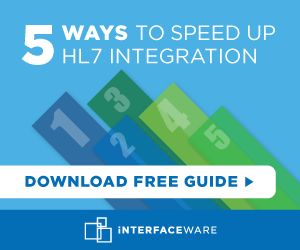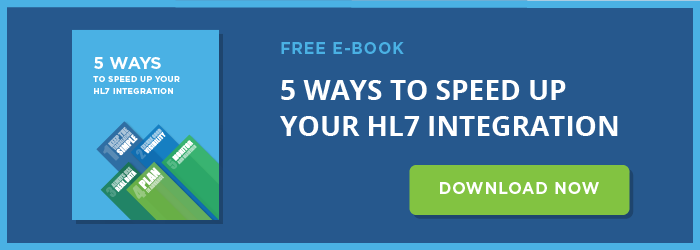The Hybrid Lower Layer Protocol (HLLP) is a variation of the more widely used Lower Layer Protocol. Like LLP, HLLP uses TCP/IP as its transport but incorporates error detection and verification via the use of checksums at the end of messages. The checksums are used to verify that no data was corrupted. Checksums are typically computed for each block of data that is sent for the sending application and then verified for accuracy at the receiving application.
The checksums used in HLLP are non-standard, meaning they may vary from implementation to implementation.
A common type of checksum used in HLLP is called BCC (Block Character Check), which is the sum of all characters in a block. The BCC checksum is considered a weak checksum since it may be easy to find different blocks that generate the same block checksum. Although the BCC checksum is relatively easy to implement, it may not meet the communication standards of most companies.
In practice, most vendors choose to use TCP/IP over LLP, rather than HLLP. LLP is a very simple protocol to incorporate and can be used instead of HLLP since the TCP/IP channel provides all of the services necessary for the error-free delivery of HL7 messages. This includes:
1. Connection Handshaking
The process by which two systems initiate communication. Start and end control characters are used to start/stop the transmission of data.
2. Full Duplex Data Transfer
The process by which a system transmits and bi-directionally receives data simultaneously.
3. Error Detection and Retransmission
The process by which the transport layer detects segments that fail transmission and retransmits them, if necessary.
4. Flow Control
The process by which the flow of messages between systems is managed by TCP through the use of ACKs and NACKs. Through the use of ACKs/NACKs and other built-in mechanisms in an HL7 application, you can manage the flow of data to ensure that messages are transferred efficiently and reliably.
5. Connection Termination
The process by which a connection is ended independently by each system via a handshake.
In most cases, HLLP is an unnecessary requirement as long as the two communicating health systems are using a reliable OSI transport layer since the transmission of messages, as well as the integrity of messages, is already verified by the underlying OSI protocols.
Hybrid LLP is only used for unreliable transports (e.g. transporting messages via a serial cable) and is considered unnecessary by most vendors.
With TCP/IP, checksums over data and headers are already inherent to the protocol. This means that the protocol will detect checksum errors and request the retransmission of data, if necessary. What this means is that a secondary checksum associated with HLLP will not further guarantee data delivery but just adds to transport overheads.

